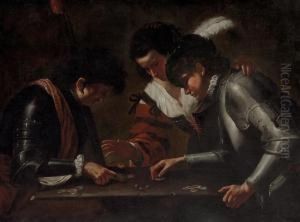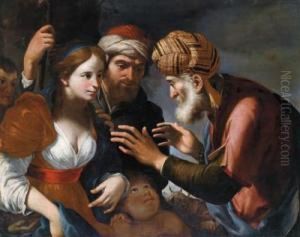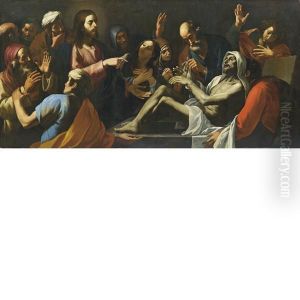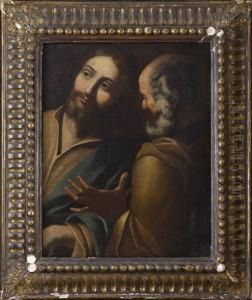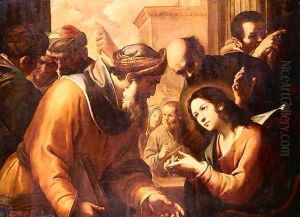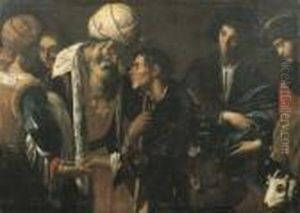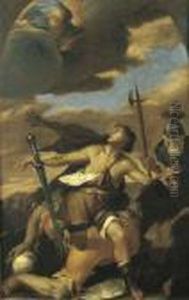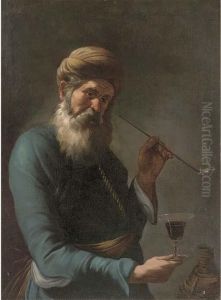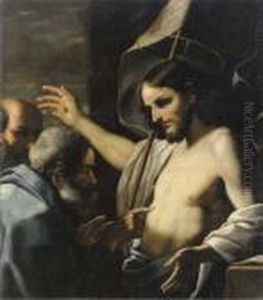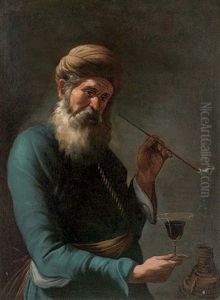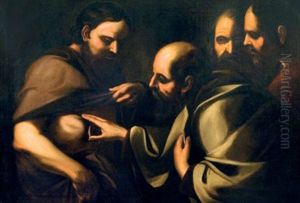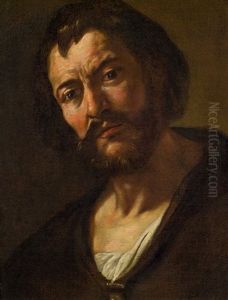Gregorio Preti Paintings
Gregorio Preti was an Italian Baroque painter, born in 1603 in Taverna, a small town in Calabria. He was the older brother of the much more renowned Mattia Preti, who was also a painter. Gregorio initially trained with his brother under the local painters in their hometown. His early work was influenced by Caravaggio and the Caravaggesque style, which was popular during that time due to Caravaggio's significant impact on Baroque art.
After his initial training, Gregorio moved to Rome, which was the center of the art world in the 17th century. There, he was exposed to the works of the leading painters of the day and continued to develop his own style. In Rome, he encountered the works of artists such as Guercino, Pietro da Cortona, and Guido Reni, which influenced his artistic development.
Unlike his brother Mattia, who traveled extensively and eventually settled in Malta, Gregorio spent most of his career in Italy. He worked on various commissions in Rome and other Italian cities, painting altarpieces, frescoes, and religious works for churches and private patrons. His style evolved to incorporate the dynamic compositions and dramatic use of light and shadow that were characteristic of the High Baroque period.
Gregorio Preti's work was well-regarded in his time, and he received commissions from notable patrons. However, his fame was somewhat overshadowed by that of his brother, whose work was more widespread and who achieved greater recognition both during his life and posthumously.
Gregorio Preti died in 1672 after a productive career. His works can still be seen in various churches and museums in Italy. Although he is not as well-known as some of his contemporaries, his contributions to the Baroque movement and his role in the dissemination of the style in southern Italy are acknowledged by art historians today.




